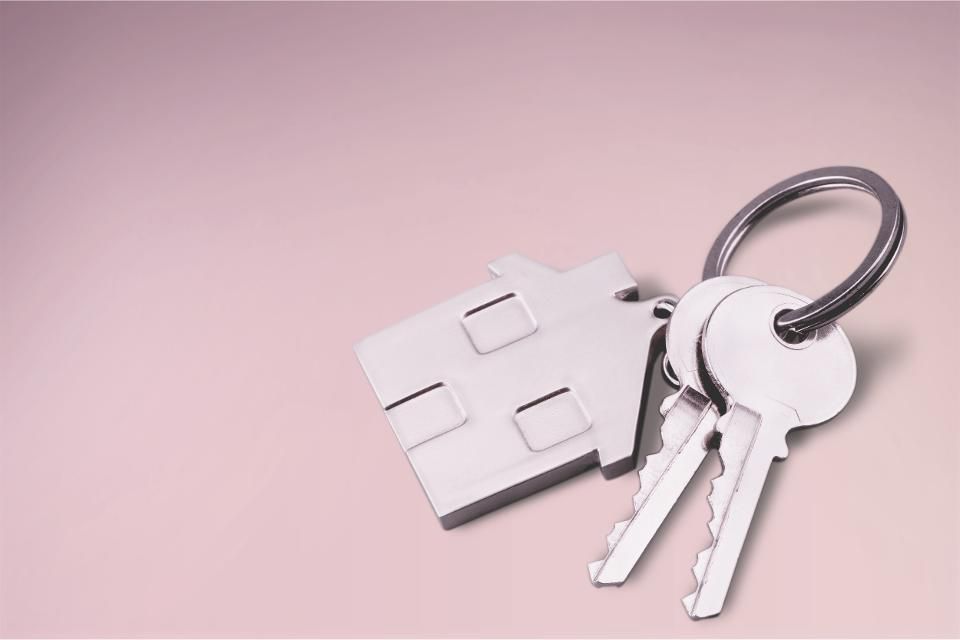Congratulations! The fact you’re reading this proves you are interested in learning more about investing in real estate. Personally, I think this is a great decision and one of the simplest ways to take control of your future and help carve out the life you’ve always dreamed of.
Unfortunately, when you first start researching, there can be quite a few terms of the industry that don’t make much sense. This article will address some of the common “rules of thumb” you’ll find when reading about how to analyze deals. Without further adieu:
The 1% rule
The 1% rule refers to the fact that a strong investment should have a monthly rent equivalent to 1% of the purchase price. This would mean a home that rents for $1,000 a month should be purchased for somewhere near $100,000, a home that rents for $1200 should be purchased for somewhere near $120,000, etc.
This rule will all but ensure you end up with a strong cash flow once all expenses are paid
(Click here to read more about how to evaluate rental property)
The problem with this rule is that in some markets (like anywhere near where I live in Northern California) this is all but impossible to find. Even in down markets you aren’t going to find price to rent ratio’s like this other than once in a blue moon. This rule should be looked at like a target to strive for, but many properties (especially those in higher price ranges) can cash flow positively without meeting this rule of thumb.
The 2% rule
If you guessed that this is the same as the 1% rule, but doubled, you are catching on pretty quick. The 2% rule refers to the fact that some investors want their rent to be at least 2% of the purchase price of the home. So for a home that rents for $800 a month, you would be looking to purchase it for about $40,000.
In general, this is only possible in low-income areas, or areas that traditionally do not appreciate at a very healthy rate. Many investors in the midwest, southeast, and rust belt (think Detroit Michigan…) are able to achieve the 2% rule with their investments. For those looking to build solid cash flow without much hope of appreciation, this can be a solid strategy in which many people have made good money.
Some factors to consider when chasing the 2% rule are:
- Not likely to achieve much appreciation
- Typically lower-income areas with less reliable tenants
- Typically smaller, cheaper homes with more maintenance issues.
- Typically worse school districts.
- Harder to find financing for homes in this price range, which are often sub $50,000.
The 50% rule
No, this rule does not mean you collect 50% of the price of the home in rent every month. Sorry to bust your bubble. The 50% rule of thumb states that traditionally, approximately 50% of your rent will go towards expenses of the house OTHER than the mortgage payment.
So if a home collects $1000 a month for rent, you can plan on $500 of that going towards property tax, insurance, property management, HOA’s, maintenance, and vacancy. What you have left over, minus any debt payments you have, will be what you can expect to keep.
Many investors swear by this rule. I myself have found it to be largely inaccurate. I’ve yet to have to pay 50% of the rent I collect towards expenses other than maybe the first year after acquiring a property when a lot of deferred maintenance may need to be done. This may be for many reasons, but my guess would be my strategy is to be B class homes where I have a better class of tenant but may make a smaller return on my money. More inexpensive homes with a higher rent to price ratio are likely to have more expenses associated with the home, especially when dealing with less desirable tenants.
70% of ARV-repairs
This rule is a basic formula for making offers on flips. ARV stands for “After Repair Value” and means the price the house will sell for once repairs are made. The formula states you take this number, and multiply it by .7, then subtract the amount you expect to pay for repairs. What’s left is your offer price.
So for a house you expect to sell for $200,000 once it’s repaired and upgraded with about $20,000 worth of repairs, you would multiply $200,000 by .70-giving you $140,000. Subtract your repairs from this number ($140,000-$20,000) to get $120,000. This is the number you would offer on the home. While it’s a simple formula, many people just aren’t comfortable with math. If that’s the case, there are spreadsheets available all over the place where you can just punch the numbers in and the spreadsheets do the work for you. Email me for information on where to find these spreadsheets if you have any trouble.
The cash-on-cash return
Many investors, including myself, put much more weight towards the cash flow we can expect in return for the amount of money we put down. Personally, I like to see at least a 12% return on my down payment, in addition to being in an area where I can reasonably expect prices and rents to rise. 12% is a very easy number to calculate in your head quickly (a $30,000 down payment would need to cash flow at $300 a month, $40,000 down at $400, $60,000 down at $600, etc) and is a great yardstick I use when deciding whether or not a deal is worth looking into more in-depth. By ensuring all my properties cash flow at a level of a minimum of 12%, I can safeguard against over extending myself and being in trouble should the market drop and home values tank.
But what if the area where I invest in has appreciated to the point where I can’t earn a 12% return on my money? Well see below for more information about how to find an area where it will!
(Click here to read more about investing out of state)
Location, location, location
Well we’ve all heard this one before. There’s a reason why, it’s true. While some spreadsheet junkies can get really excited about high rates of hypothetical return, those who have been in real estate for the long-term know the real secret is the location.
When someone is looking to buy, or rent, a home, the FIRST thing they decide is where they want to live. This is why location will always be king when it comes to real estate. Once that location is decided, next come questions of affordability, design, size, amenities, etc. Many the inexperienced nube has gotten themselves in a pickle by coming up with great ideas for amenities to add to a multi unit property, only to find that no one cares because it is in a location they don’t want to be.
Over the long-term, areas with more demand are always going to appreciate the most, bounce back the fastest, and be the best source of wealth creation in real estate. You can fix almost anything about a house, but you can’t fix its location.
Do yourself a big favor and if you find yourself forced to buy somewhere that people don’t want to live in order to make the numbers work, pass on that deal. Look harder somewhere else, change your acquisition strategy, or just wait until the market changes. A wise man named Mark Twain once said “buy land, they’re not making it anymore”. He understood that you can’t create land in a desirable location, what’s there is there. He or she who owns that land will soon hold the gold.
These are some of the commonly mentioned rules of thumb when it comes to real estate investing. They all serve their purposes, and have a positive application in their respective markets. Learning these rules can save you a lot of time in evaluating deals as well as stop you from making some potentially bad mistakes.
You’ll also know what people are talking about as you read more articles!













